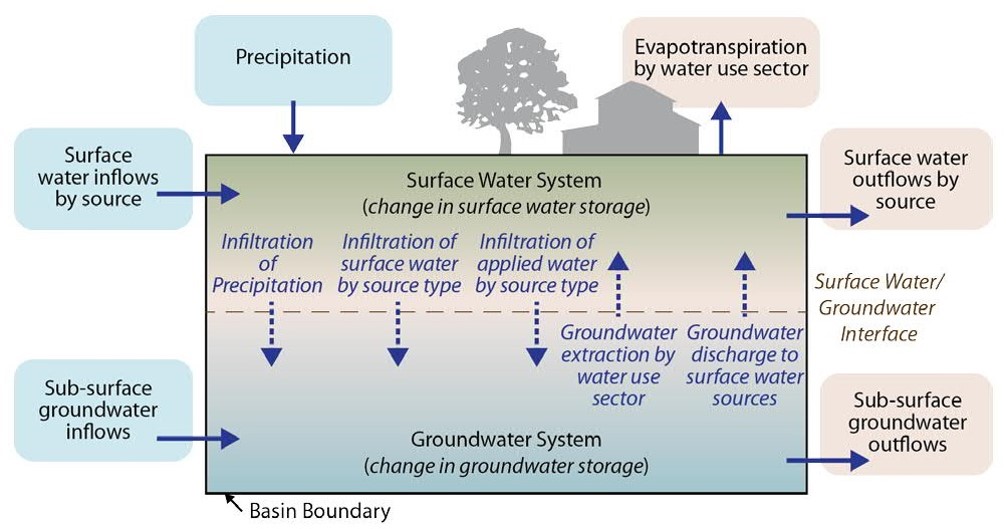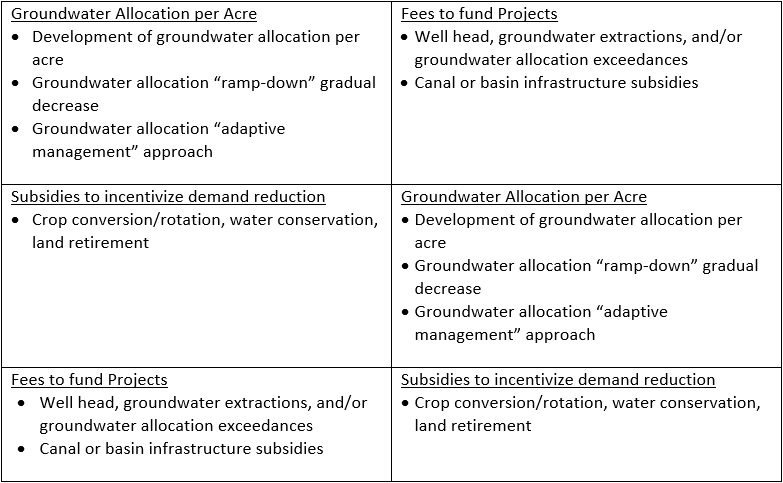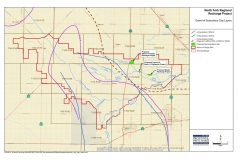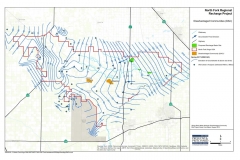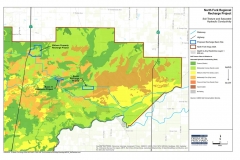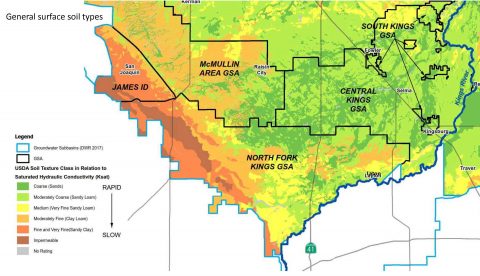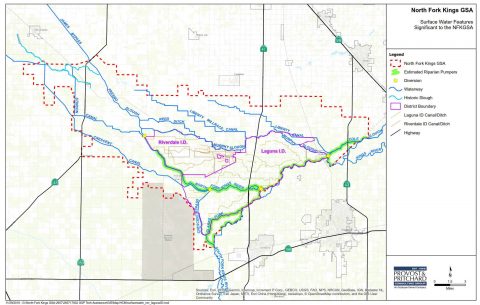After Two Years, Groundwater Plan Adopted, Implementation Begins 2020
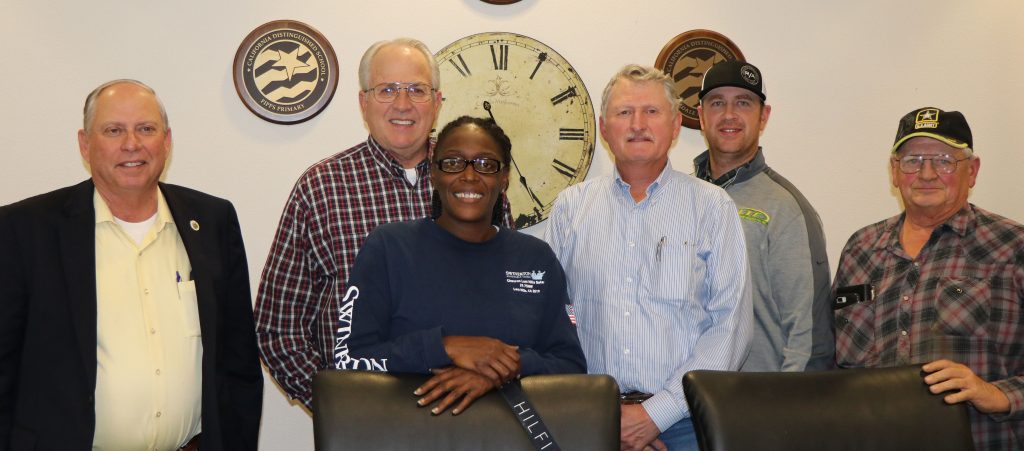
Left to Right: Supervisor Mendes, Fresno County; Frank Zonneveld, Laguna Irrigation District; Danielle Roberts, Lanare CSD;
Mark McKean, Crescent Canal Co.; Stephen Maddox, Liberty Mill Race Co.; Leonard Acquistapace, Riverdale Irrigation District
Riverdale, CA – The North Fork Kings Groundwater Sustainability Agency (NFKGSA) Board unanimously adopted their Groundwater Sustainability Plan at the December 18 meeting. NFKGSA’s Board is proposing a phased approach over 20 years to mitigate the target overdraft of 59,000 acre feet per year, NFKGSA’s allocation of the Kings Subbasin total annual overdraft of 122,000 acre feet. Board Chair Mark McKean thanked the plan developer Provost & Pritchard, staff and the Board for all of their work over the last two years. “This Plan is a living document,” stated McKean. “We realize it isn’t a perfect document but a building block and in five years we will have a better Plan than we have today by working together.”
The NFKGSA will use the Groundwater Sustainability Plan (GSP) as a roadmap to balance its groundwater. The GSP includes potential policies and projects that will impact groundwater management in the region for years to come as the North Fork Kings GSA works to achieve sustainable groundwater supply. Technical consultant Provost & Pritchard worked over the last two years collecting data that documents historic and current groundwater conditions; the GSP uses this information as the foundation to define a path forward for how groundwater will be managed. The overdraft can be balanced using both supply-side and demand-side solutions. The toolkit of projects and management actions will include both, but the NFKGSA Board plans to prioritize supply-side solutions including floodwater capture for groundwater recharge.
NFKGSA is the one of seven groundwater sustainability agencies that will coordinate to achieve sustainability in the King Subbasin, a critically overdrafted groundwater basin that lies within Fresno County. Once all seven groundwater sustainability agencies adopt their plans, they will be submitted together with a coordination agreement to the State prior to the deadline of January 31, 2020.

